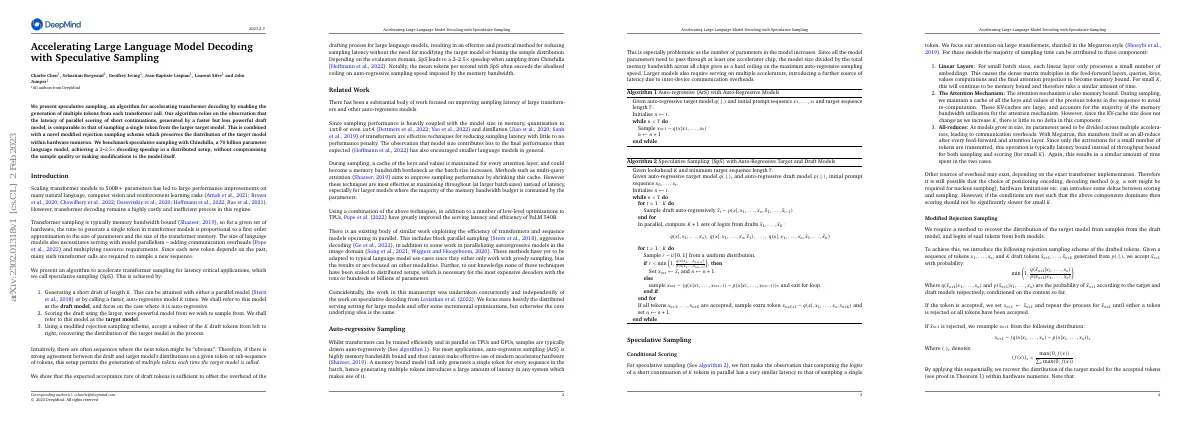Link to paper The full paper is available here.
You can also find the paper on PapersWithCode here.
Abstract Proposed a new approach to portfolio optimization that combines synthetic data generation and a CVaR-constraint Formulated the portfolio optimization problem as an asset allocation problem Used Modified CTGAN algorithm to generate synthetic return scenarios Rely on several points along the U.S. Treasury yield curve for contextual information Demonstrated merits of approach with an example based on ten asset classes Synthetic generation process captures key characteristics of original data Optimization scheme results in portfolios with satisfactory out-of-sample performance Outperforms conventional equal-weights (1/N) asset allocation strategy and other optimization formulations based on historical data only Paper Content Motivation and previous work The portfolio selection problem is one of the oldest problems in applied finance Before 1952, the issue was tackled with gut feeling, intuition, and common sense Harry Markowitz published a paper in 1952 that showed the portfolio selection problem was an optimization problem The key ideas behind Markowitz’s framework (diversification, risk/return tradeoff, efficient frontier) have survived well Implementing Markowitz’s approach has been problematic due to difficulty in estimating correlation-of-returns matrix and the use of standard deviation to describe risk Most research efforts have been aimed at devising practical strategies to implement the MV formulation John Bogle introduced the concept of passive investment in 1975, which shifted the emphasis from asset selection to asset allocation The Conditional-Value-at-Risk (CVaR) has become the risk metric of choice Generative Adversarial Networks (GANs) have been used to generate realistic synthetic data The joint behavior of a group of assets can fluctuate between discrete states, known as market regimes Features have been incorporated to the formulation of optimization problems The goal is to propose a method to tackle the portfolio selection problem based on an asset allocation approach Problem formulation Investor seeks to maximize return by selecting appropriate exposure to each asset class while keeping overall portfolio risk below predefined tolerance level Risk metric chosen is Conditional-Value-at-Risk (CVaR) CVaR chosen because it avoids losses better than standard deviation of returns CVaR is convex and coherent Problem can be written in discretized and linear fashion Sampled data from relevant probability distribution of returns used in combination with discrete probability density function Weights π can be modified to adjust formulation for case with features Synthetic data generation Generating random samples from a given probability density function is a straightforward task in principle....









